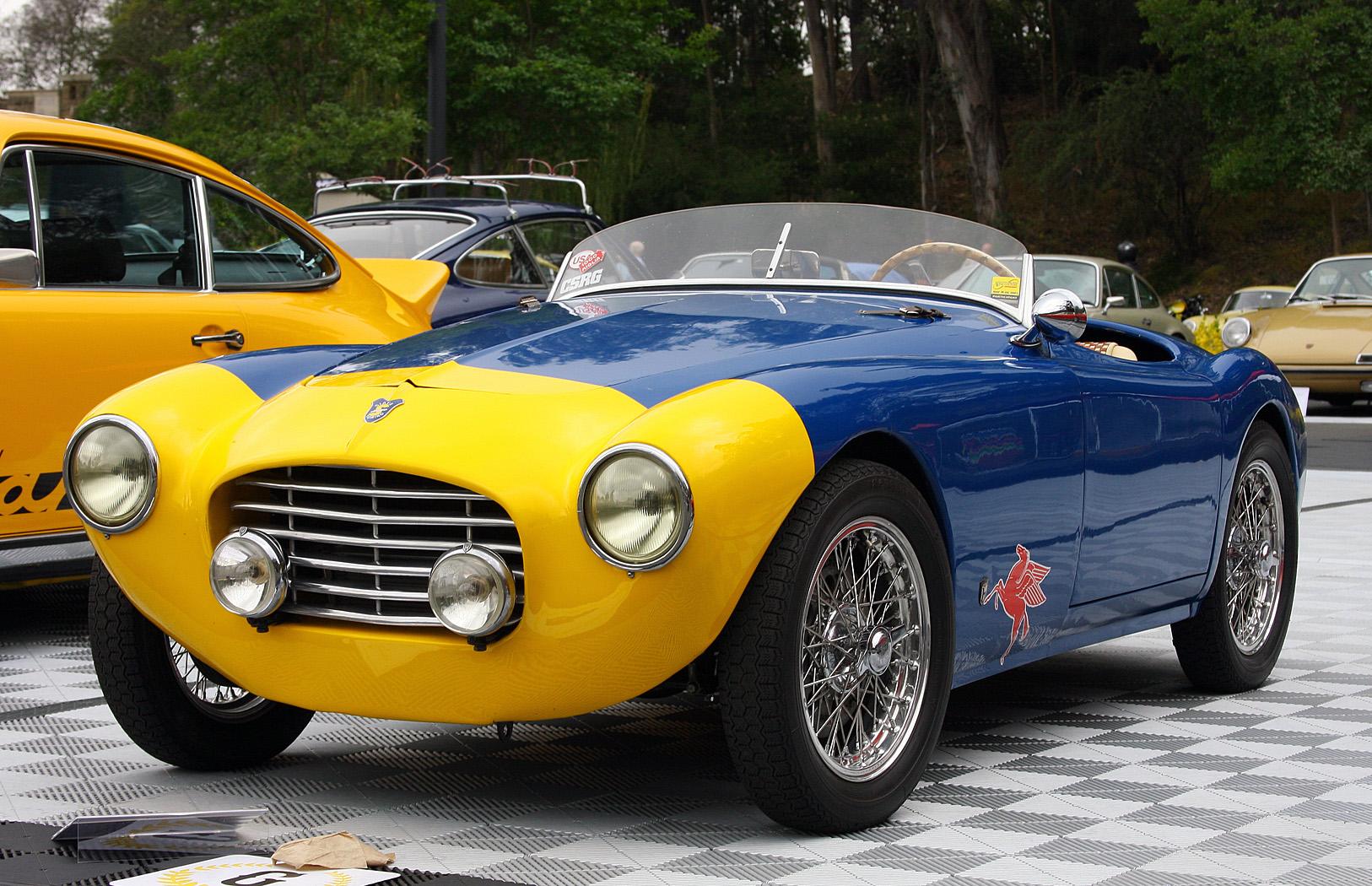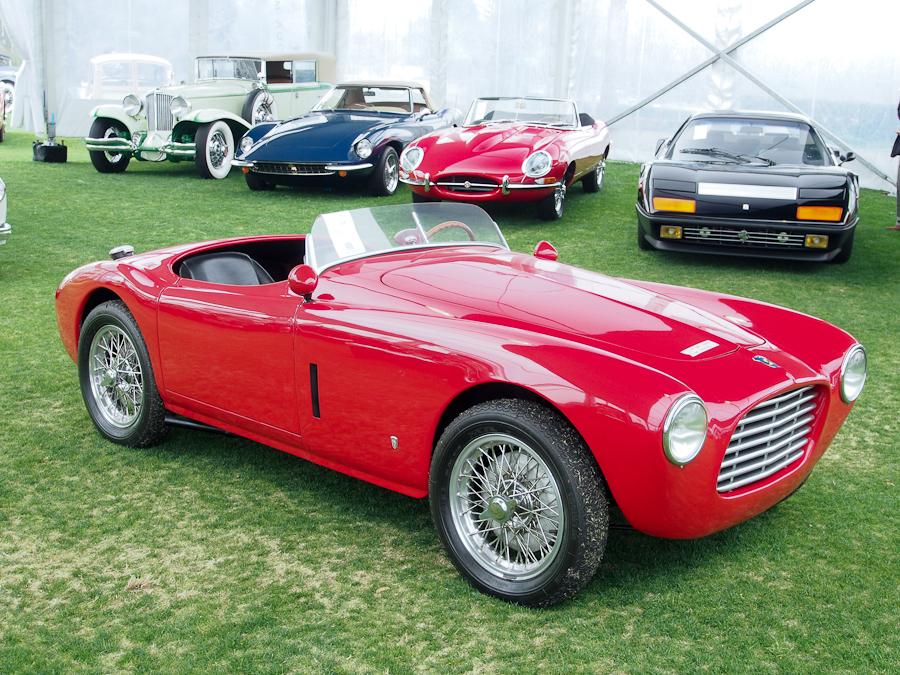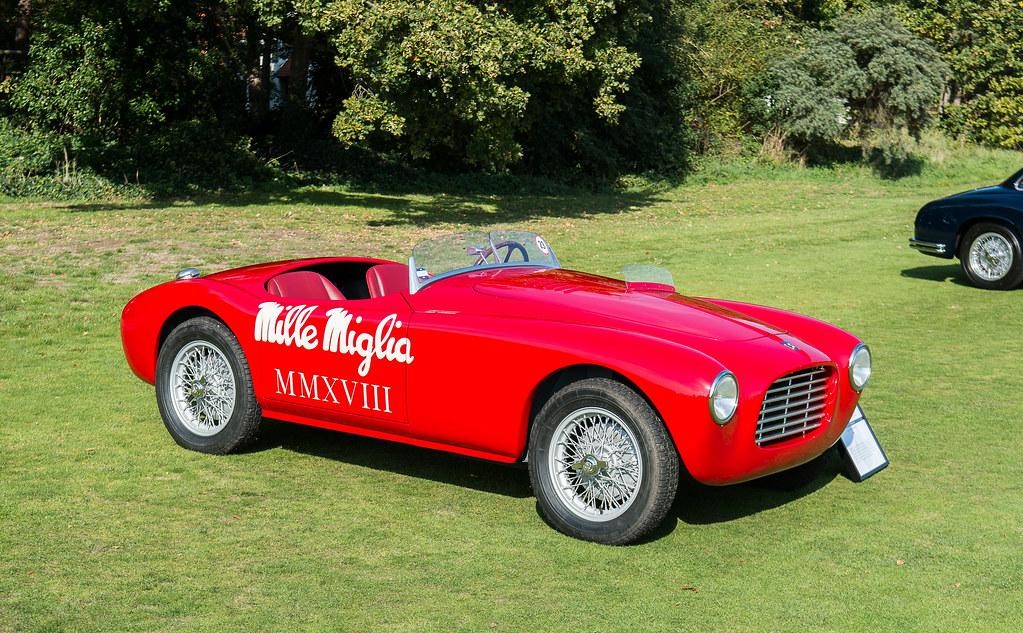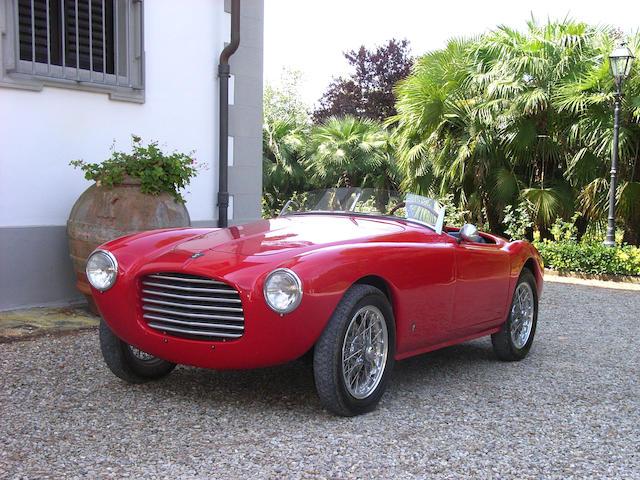1952 Siata 300 BC

The descriptions of the Classic Cars in the Directory were partly generated or supplemented with the help of artificial intelligence (AI). The content may occasionally not always be entirely accurate or factually correct despite careful checking.
The Siata 300 BC 1952 is a small sports car produced by the Italian company, Siata. Introduced in 1952 as a continuation of the Siata 208S, it was designed for racing and quickly became popular among enthusiasts in the 1950s. With a length of 4020mm, a width of 1590mm, and a height of 1240mm, the Siata 300 BC 1952 has a sleek and aerodynamic body that was ahead of its time.
Under the hood, the Siata 300 BC 1952 is powered by a 1.5-liter, 4-cylinder engine that produces 72 horsepower at 5600 rpm. This engine is mated to a four-speed manual transmission that offers precise shifting and optimal power delivery. With a top speed of 180 km/h (112 mph), the Siata 300 BC 1952 was one of the fastest sports cars of its era.
The Siata 300 BC 1952 sports a lightweight chassis made of tubular steel, which offers excellent rigidity and handling. The car also features hydraulic drum brakes on all wheels, providing exceptional stopping power. The suspension system is comprised of independent front suspension with coil springs and a live rear axle with semi-elliptic leaf springs, giving the car a comfortable ride without sacrificing performance.
Inside, the Siata 300 BC 1952 offers a simple yet elegant interior with a minimalist dashboard that features a speedometer, tachometer, and fuel gauge. The car's leather seats provide excellent support and comfort, with ample legroom for the driver and passenger.
Overall, the Siata 300 BC 1952 is a classic sports car that represents the pinnacle of Italian engineering and design from the 1950s. Its lightweight chassis, powerful engine, and excellent suspension system make it a joy to drive, while its sleek and stylish body ensures it still turns heads today. With only a limited number of Siata 300 BC 1952s produced, it remains a highly sought-after classic car among collectors and enthusiasts.
Milestones
- 1951: Siata founded by Giorgio Ambrosini in Turin, Italy - 1952: Siata produces its first car, the Siata 300 BC - 1953: Siata exhibits the Siata 300 BC at the Turin Motor Show - 1954: Siata introduces the Siata 208S, a sports car based on the Fiat 1100 - 1955: Siata introduces the Siata Daina, a luxury car based on the Fiat 1400 - 1956: Siata introduces the Siata 208 CS, a more powerful version of the 208S - 1957: Siata discontinues production of passenger cars and focuses on building racing cars - 1958: Siata builds the Siata-Ford 1500GT for the American racing driver Briggs Cunningham - 1959: Siata builds the Siata 300BCS, a race car based on the Siata 300 BC - 1960: Siata builds the Siata GT, a racing car with a body designed by Giovanni Michelotti - 1961: Siata ceases production of cars and focuses on building car components and engines for other manufacturers.Technical
- Manufacturer: Siata (Società Italiana Auto Trasformazioni Accessori) - Model: 300 BC (Barchetta Competizione) - Year of production: 1952 - Body style: Roadster - Engine: 1.5 L inline-four, Siata OHV, Type S4 (135BHP) - Transmission: 4-speed manual - Suspension: front independent suspension with coil springs, rear live axle with semi-elliptic leaf springs - Brakes: 4-wheel drum brakes - Wheelbase: 2,200 mm (86.6 in) - Length: 3,640 mm (143.3 in) - Width: 1,540 mm (60.6 in) - Height: 1,175 mm (46.3 in) - Weight: 800 kg (1,764 lbs) - Top speed: 215 km/h (134 mph) - Production numbers: only 40 units were produced.



